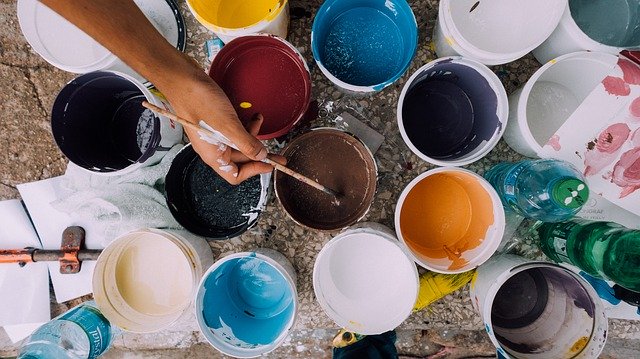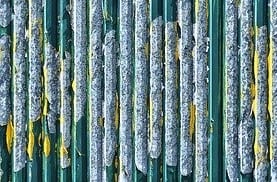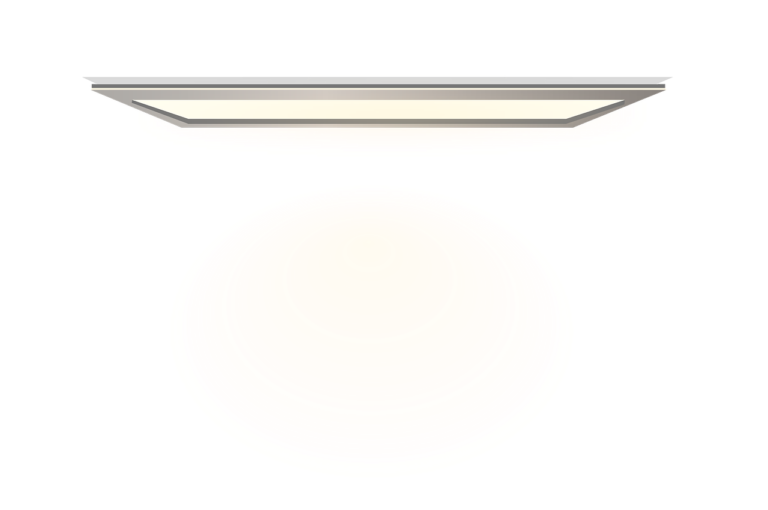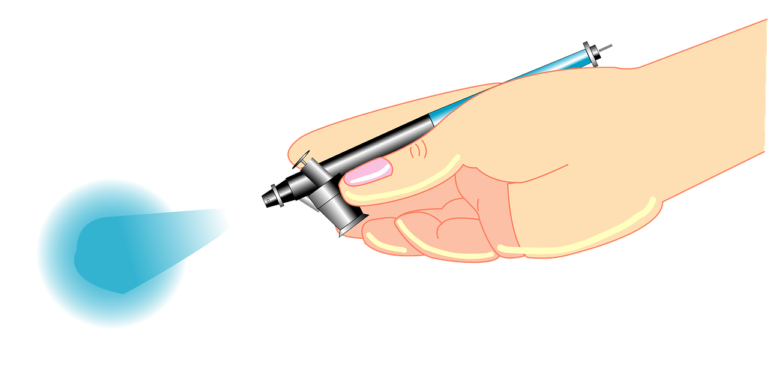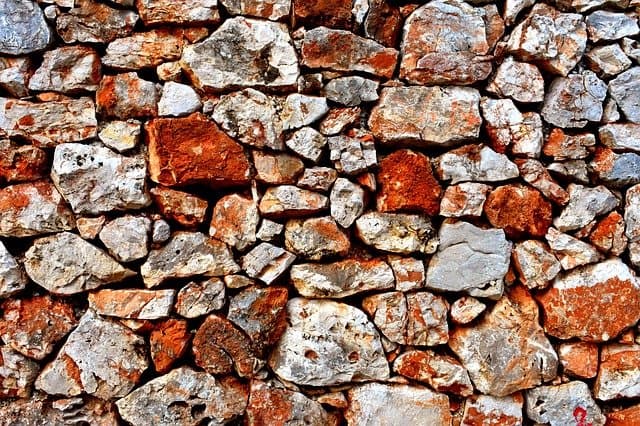Can You Use Exterior Paint Indoors?
Could you be a homeowner or property developer looking forward to painting your place? So, do you pick any paint and apply it anywhere – including on outdoor decks? Is exterior paint safe for indoor use? 
Well, the question here is, can you use exterior paint indoors. Technically, the answer is YES and NO. The active ingredients in exterior paint bind the paint pigments sufficiently, forming a permanent coat layer that is scratch-resistant and waterproof.
Besides, exterior paint features a complex structural formula that is elastic and more comfortable to apply on the interior surfaces. The simple chemical formulation that comes with most exterior colors is self-activating and sticks firmly on the wall and exterior wood paints, unlike most interior paints.
You will enjoy different service life (long-lasting) and improve interior outlook by using exterior paint indoors. Not to forget that exterior paints eliminates mildew/mold and resist fading.
However, the exterior paint has high VOC and excess acrylic component, which is harmful to human health, and its effect takes a more extended period to end when applied indoors. Indeed, the fumes generated by exterior paint are poisonous and negatively affect allergic persons when inhaled.
Though you are assured of classic surface finish and extra toughness, exterior paint is not used on every indoor surface. Sections like the kitchen cabinets (flammable – may cause a fire), fireplace, living room (poisonous fumes), bedroom, and baby closet should never be painted with exterior paint unless it’s pre-cured.
Details: Can You Use Exterior Paint Indoors
a. Chemical and structural formulation
Exterior paint features a complex organic structure (carbon-carbon bond) that breaks and stretches sufficiently during paint application. The simple chemical formula that comes with exterior paint is agitated to improve stickiness and eliminate surface drains.
Exterior paint integrates a continuous polymerized bond and intermittent additives that are self-activating upon application. Unlike interior paint, exterior paint has waterproof eliminator properties that make it more popular.
However, exterior paint’s oil-based components are not suitable for application in a fireplace or footpaths (slippery).
b. Active components in the paint
The active chemical in most exterior paint is volatile organic compounds (VOC). VOC hold the pigments in the paint plus other additives and binds them to the surface under which it is applied.
VOC is responsible for improving the stickiness of a particular exterior paint and seal the primary surface from external damage. However, VOC releases harmful fumes that irritate the respiratory system when inhaled.
Moreover, the VOCs are highly flammable and attribute fire outbreaks if precautions are not adhered to when painting indoors – including painting on your interior doors.
c. Areas of application
Exterior paint is best used in indoor wall applications for large theatre – it reduced repainting and restoration cost. You can also paint the store’s inner walls (without any flammable item), classroom walls, ceiling, interior stairs, and wardrobe.
Unlike interior paints, exterior paint eliminates molds and mildew when used in bathrooms or showers. Water-based paint swells, chips and peels when used in bathrooms due to humid conditions. However, strict precautions should be adhered to to prevent extreme dangers associated with exterior paint.
d. Areas not to Apply
Avoid applying exterior paint in the kitchen and fireplace always – the VOC components in this paint are highly flammable and may lead to a fire outbreak in case of contact.
The living room, bedroom, and baby closets should also not be painted with exterior paint because the paint contains poisonous fumes that affect the respiratory system when inhaled. Further, the VOC’s effects are long-lasting (may take over six months to surge after painting) and negatively affect allergic persons.
Never paint floors with exterior paint – the oil-based compound is slippery and may lead to a fall accident. Furniture used in the living room, kitchen, and bedroom should also not be painted using exterior paint due to similar reasons too.
The interior paints must be self-priming, stain-resistant, fade-resistant, low odor, water-based, washable, and scrub-able – and must readily adhere to your interior walls with no sanding.
e. Advantages and disadvantages
Exterior paint is marked with an exceptional quality finish and high stickiness ability. You will enjoy a long-lasting coat surface and waterproof protection by using exterior paint indoors.
Moreover, exterior paint eliminates molds, mildew, and algae grown when used in bathrooms and shower places. Unlike interior paint, you are guaranteed with extended repaint period and improved outlook impression if you consider exterior paint for your indoor applications.
Exterior paint comes with amplified fade resistance, anti-peeling properties that make the coat more durable. Additionally, exterior paint is comfortable to apply – elastic – any outdoor deck paint with low VOC can be used indoors.
Contrary, when used indoors, exterior paint generates poisonous fumes that irritate the nasal cavity and respiratory system when inhaled. You may experience headaches, nausea, or dizziness if you remain in a room coated with exterior paint.
Exterior paint has high VOC and acrylic components that are highly flammable and may lead to a fire outbreak if it gets into contact. The compound’s oil-based components make the paint slippery and cause a fatal accident when used on the floors.
NB: It’s advisable to desist from using exterior paint in small rooms that are not well aerated.
See Also: Painting Bathroom Cabinets
What are the Major Difference Between Indoor Paint and Outdoor Paint
1. Chemical formulation
Exterior paint features a complex structural formulation that mainly relies on acrylic resin, while interior paint entails a simple structural formula set on natural ingredients.
Exterior paint is especially agitated to improve stickiness ability and comes with self-activating formula, while interior paint has an explicit formulation that requires water integration for activation.
Further, exterior paint is mainly oil-based (acrylic), while interior paint is usually water-based (latex). But Rustoleum rust reformer will give great finishes even on your high moisture locations.
2. Durability
Exterior paint forms a long-lasting coat upon application than interior paint. You will notice more drains and runs when painting with interior paint than exterior paint.
Indeed, exterior paint is coupled with numerous properties such s waterproof, UV-rays protected, and fade-resistant, which are not found in most interior paints.
You may have to repaint your surface often, within a given period, if coated with interior paint than when coated with exterior paint.
Further, the exterior paint forms a permanent coat layer that is more cumbersome to remove – the interior paint coat can quickly be scrapped and washed with soap and water.
Further, different additives may remove mildew spores and tannin stains, and hence they won’t bleed via wood knots that are sappy.
3. Area of use
Interior paint is mainly used indoors and at limited places outdoors, while exterior paint is amplified for out surface application. Exterior paint can be used on metallic surfaces, wooden surfaces, concrete, and ceramics.
The waterproof and fade-resistance properties of exterior paint make it more popular in outdoor applications than interior paint. Besides, the exterior paint has a superior ability to protect the primary surface from UV-rays damage upon application.
Interior paints are usually water-based (such as latex) – they are more comfortable to prepare but cumbersome to apply. The interior paint form drains and runs during application and also takes a longer time to dry.
Contrary, exterior paints are usually oil-based (acrylic) – they need thinning but more comfortable to apply. You will achieve a classic surface finish and eliminate unnecessary runs that may occur when painting.
NB: Exterior paint can be applied over interior paint; however, interior paint can’t be applied over exterior paint.
4. Active ingredients
Exterior paint contains high Volatile Organic Compounds (VOC), which helps in holding paint pigments and improving stickiness ability, while interior paint has low VOC components.
Moreover, exterior paint comes with oil-based additives intermittently embedded in the paint and help improve the final outlook appearance. In contrast, interior paints mostly come with natural grain additives that help in paint solubility aspect that color enhancement.
Ingredients in exterior paint are self-activating and instant acting, unlike in interior paint that takes a longer time to break and spread along the surface being painted – as pointed by EPA reports.
Notably, the exterior paint has better provisions for multiple ingredient combinations that give it attractive colors. In contrast, interior paint has limited pigment formulation and often has colors that are a bit dull.
5. Stickiness ability and coating level
Exterior paint is formulated with high acrylic components and potent VOC compounds that improve stickiness properties. Interior paint has low VOC components and low acrylic pigments; thus, the stickiness is lower.
Due to low stickiness ability, Interior paint requires more coats to achieve better surface strength than exterior paint.
Moreover, the interior paint is more susceptible to scratches, while exterior paint is tough and scratch-resistant – indoor paints will withstand heavy traffic that may lead to bumps and scrapes on your woodwork and walls.
Can You Use Interior Paint Outdoors?
Interior paint can easily be used in outdoor applications. Often drywalls are primed using interior paint before coating with exterior paint with your airless paint sprayer. This reduces cost and eliminates chipping or peeling levels.
Interior paint is usually water-based – thus, it lacks waterproof properties, which is the key feature in most exterior paints. Therefore, interior paints should be used on exterior surfaces, mainly for beautification purposes.
You can paint pavement blocks and exterior sidewall with interior paint without any problems. However, humid environments may suffer peeling and chipping problems since the presence of water weakens the stickiness ability of a particular interior paint over a given surface.
Moreover, interior paint is not fortified with UV-rays protection pigments; it fades with time when used on the exterior surface, but with your roller or brush and interior wall paints, you’ll reduce spatter – due to the included additives.
When used outdoors, interior paint calls for frequent repainting to maintain the initial impression, unlike long-lasting exterior paint.
Interior paint works incredibly when used in temperate weather outdoor painting that in a rainy environment. Unlike exterior paint, interior paint is more comfortable to remove when repainting the surface.
The low stickiness ability is a strong advantage that makes most interior paint used in outdoor renovations and surface restoration. Remember, interior paint is highly susceptible to scratches and is prone to attacks by molds/mildew.
Conclusion
In consideration of paint selection, you can use exterior paint for your home interior. Exterior paint has better strength, resists scratches, waterproof, and won’t fade faster than interior paint.
However, Exterior paint has high VOC and acrylic components that make it highly flammable when used in a fireplace or kitchen. Moreover, Most exterior paints emit poisonous fumes that irritate the nasal cavity or affect the respiratory system when inhaled.
It is recommended to stick to interior paint for indoor applications unless there is no other option. Remember, exterior paint fumes stay a long time and significantly affect allergic people when used indoor.
When exterior paint is used indoors, proper ventilation should be done. Open rooms and theatres are the best places to use exterior paint indoors.
